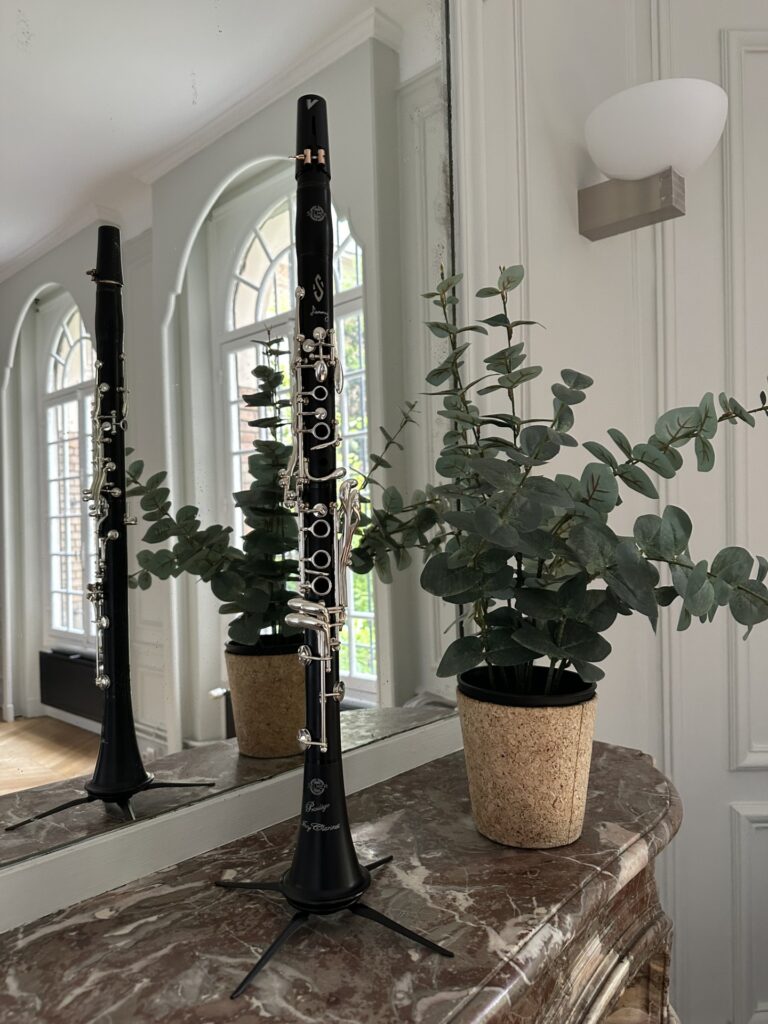Transform Your Clarinet Tone: The Ultimate Troubleshooting Guide
One of the most important things musicians have to offer is their tone. Your tone is your musical voice, which is why it’s important to work on developing your absolute best sound.
I’ve written a few articles and resources before on this subject (such as How to Improve Your Clarinet Tone and Sculpt Your Sound Workbook). Today, I want to share a troubleshooting guide to help you identify possible tone issues and how to resolve them.
Let’s get started! Use the table below to find your tone issues in the left column and suggested troubleshooting tips in the right column.
| If your tone… | Then try… |
| lacks focus/sounds fuzzy | using faster air for more focus (fast air=focused sound; slow air=spread sound); trying softer reeds for better response; make sure you aren’t puffing your cheeks |
| sounds spitty | remove excess water from the mouthpiece (read more here) |
| isn’t smooth | use a steady air stream (steady air=steady sound) |
| has breaks in connection | use a steady air stream and imagine playing between the notes; practice long tones consistently; make sure you aren’t changing or moving your embouchure as you play |
| sounds shy or timid | play louder/use more air |
| is good but you run out of air | take more time to inhale and completely fill your lungs before playing; practice long tones consistently; make sure the bottom of your chin is parallel to the floor to keep the airway open and relaxed; check your posture |
| has air leaks | keep your embouchure firm (not tight or tense) to avoid air leaking from the corners |
| is thin/nasal | use more air; try using a harder reed; use resonance fingerings (if only in throat tone register) |
| is nonexistent/impossible to make a sound | take your clarinet to a trusted repair technician to fix any mechanical issues; make sure there is nothing stuck inside the clarinet (I’ve had several students forget to remove their swab from the bell, where they often store it!) |
| has some tuning issues | check out my Complete Guide to Clarinet Tuning for everything you need to know |
| changes from day to day | develop your ideal sound concept and practice long tones consistently |
| is good but you want something different | try different mouthpieces, ligature, and reed combos to find something that gives you the feel, response, and sound you want (I love Vandoren products and highly recommend them to clarinetists of all ages and ability levels!) |
tl;dr version?
The one sure-fire way to quickly improve your tone is to use more air (both quantity and velocity). This will instantly amp up your sound!
I’ve found the air can improve the majority of issues we experience on the clarinet, so make sure you are using fast, focused air in large quantities to create your best tone.
Time to put your best tone forward!
